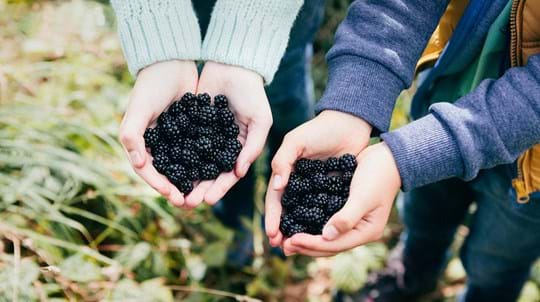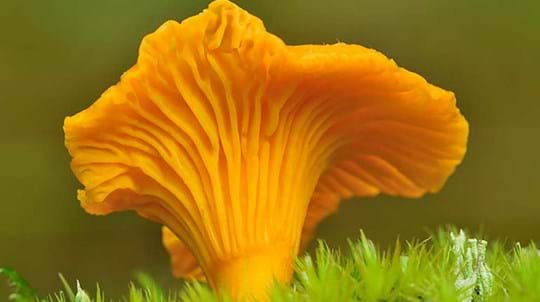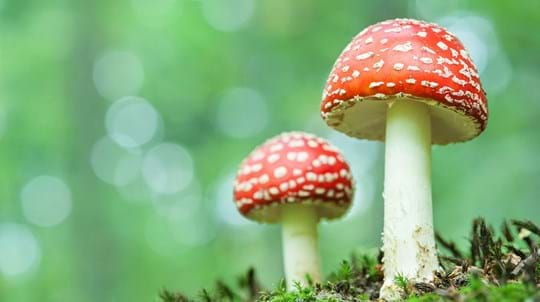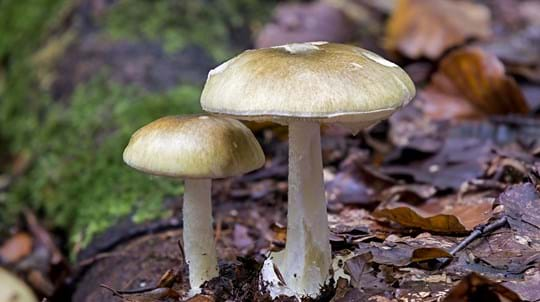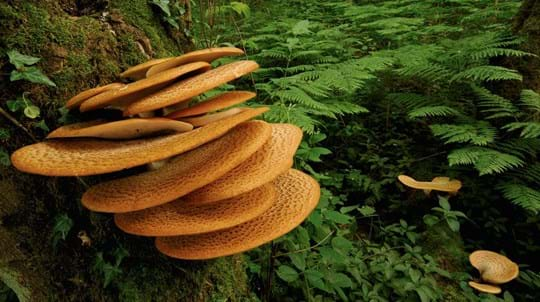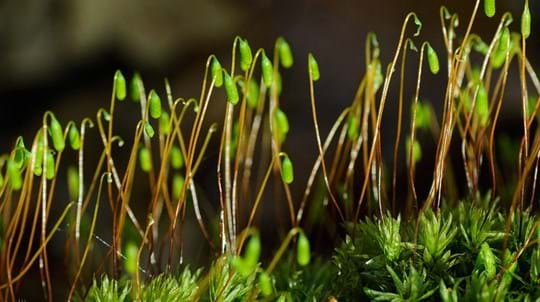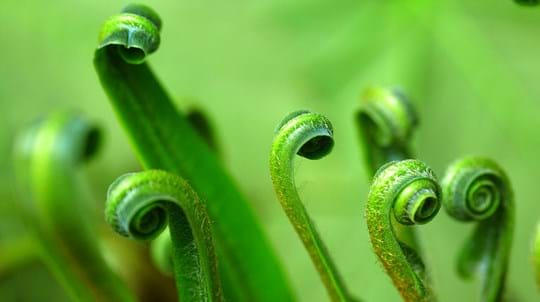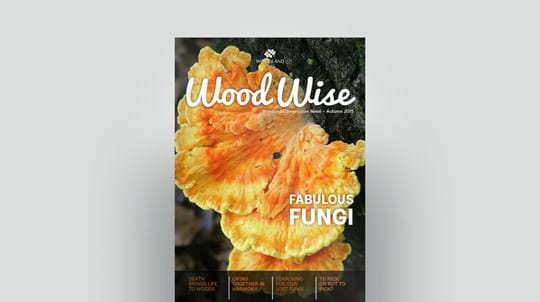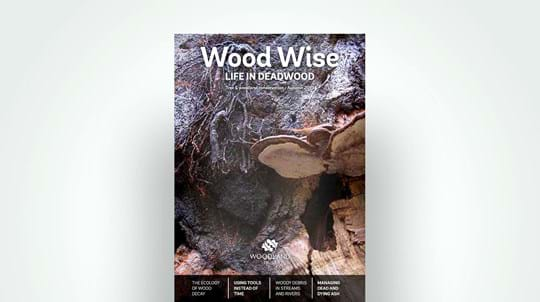
Credit: Stefan Holm / Alamy Stock Photo
Where to find chanterelle
Chanterelles are common but localised in the UK. They grow in coniferous forests in mossy areas or in broadleaved forests. In Scotland, chanterelle forms mycorrhizal (mutually beneficial) associations with birch and pine.




